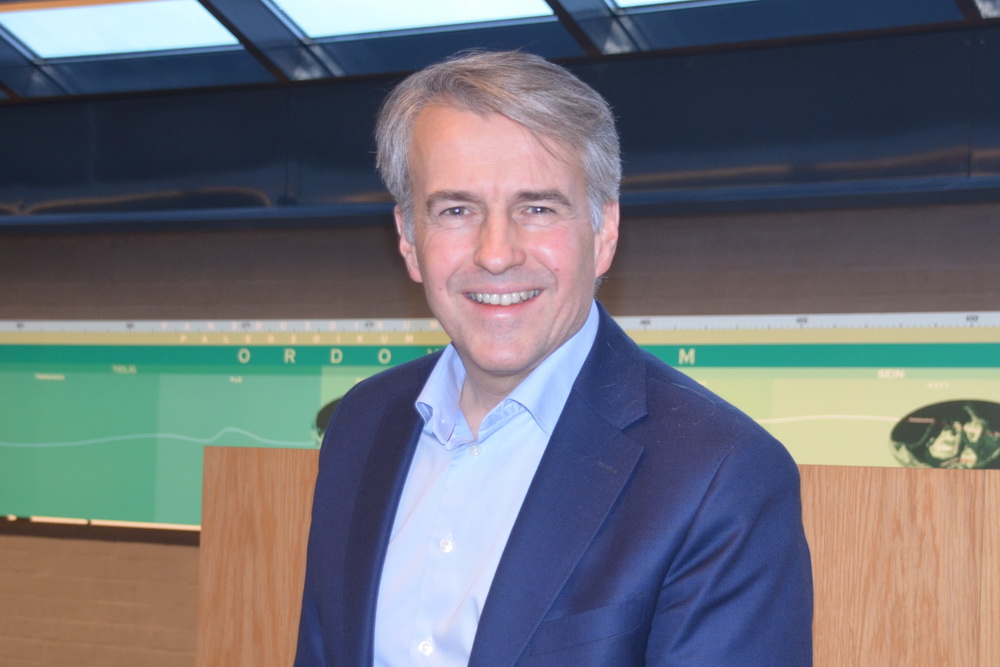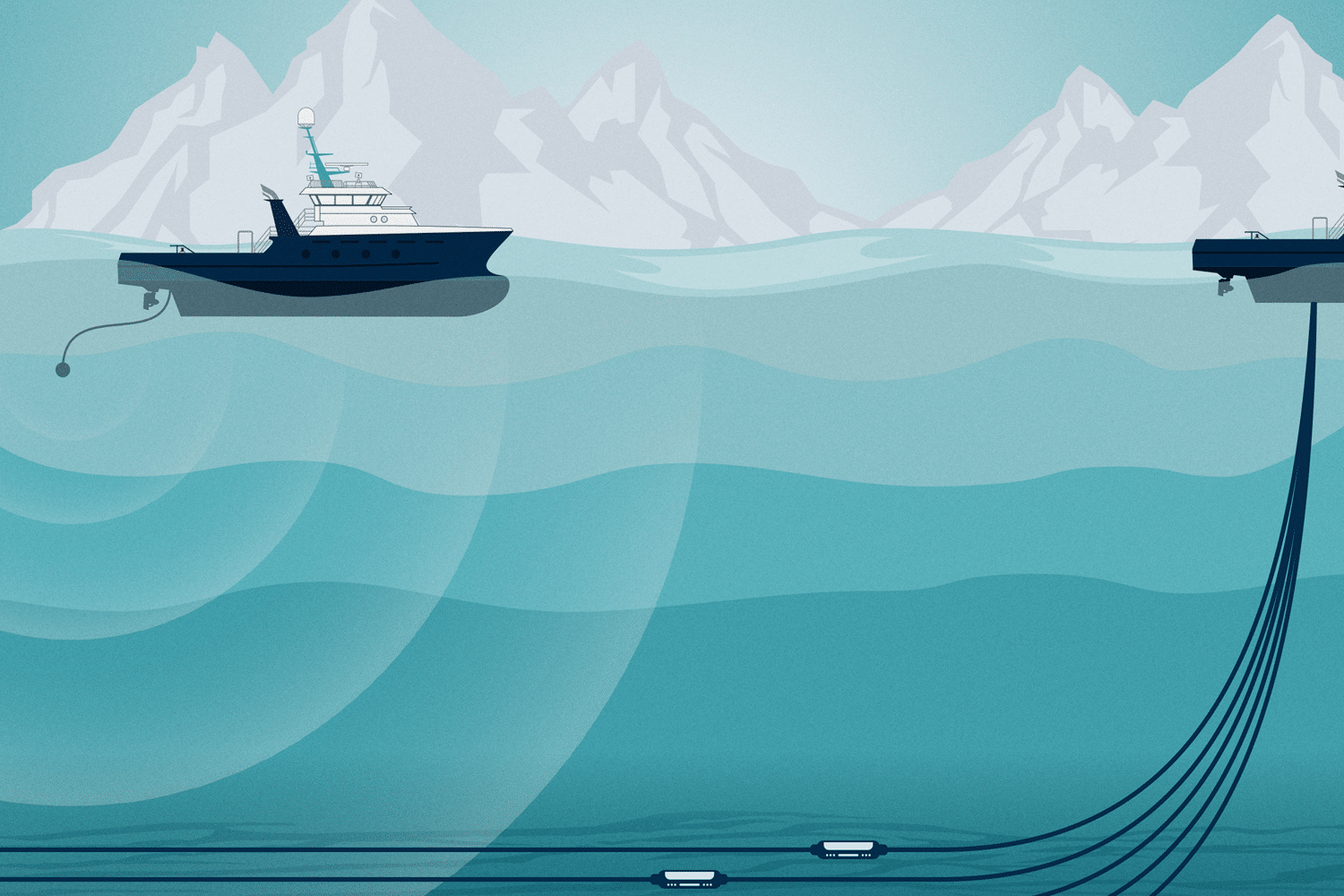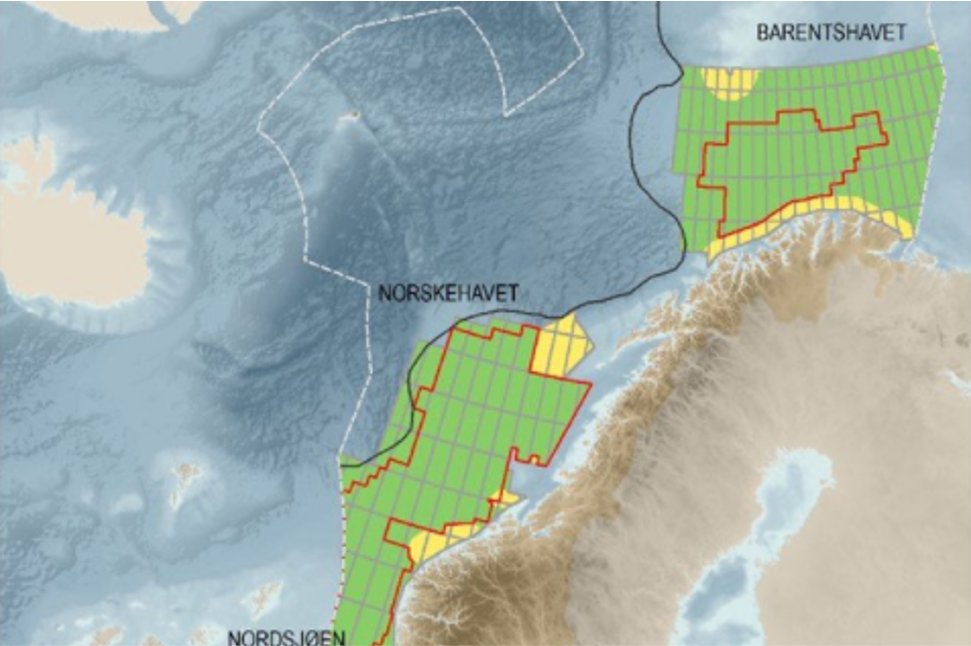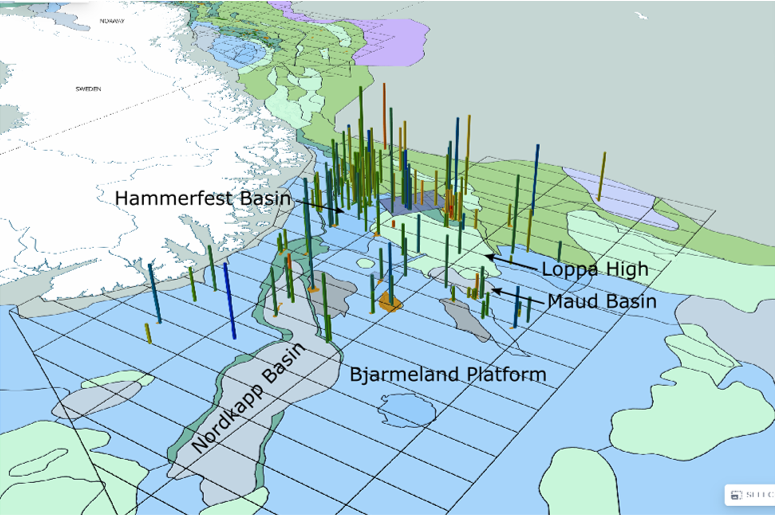“Finding new commercial oil and gas is becoming increasingly difficult,” Torgeir Stordal, said director of Technology and Coexistence at the Norwegian Petroleum Directorate (NPD) in his opening keynote at the NCS Exploration – Recent Advances in Exploration Technology Conference that took place this week.
He therefore stressed that development, implementation, and sharing of technology need to be continued in order to create more value from the Norwegian Continental Shelf (NCS).
“Conferences like this, which put technology in the spotlight, are very important”
In a mandate from the Norwegian Parliament, the Norwegian Petroleum Directorate is appointed to be a driving force for development and implementation of technology across the value chain to support good resource management, to maximise value creation and to reduce emissions. NPD has a new organisation where activities related to R&D and Technology Development, from exploration through development and production to abandonment, is now placed (and coordinated) in one organisational unit, called Technology and Coexistence.
Collaboration is key
To help realise the full potential of new data, the impact of data analytics as well as AI, Stordal emphasised the importance of sharing. “We respect the need to compete, but companies must collaborate and be willing to share data, knowledge, and technology.”
“The Released Wells Initiative is an exemplary project in this respect,” he said, and assured the audience that data sharing and data access is at the top of the agenda with the authorities.
Under the umbrella of the Released Wells Initiative, coordinated by Malgorzata Kusak from the Norwegian Oil and Gas Association, around 700.000 samples are being systematically photographed and analysed using XRF. With a subset also undergoing QEMSCAN and Total Organic Carbon analysis, the resulting database is unrivalled and has got many different purposes.
The latter point brought him to the National Data Repository – DISKOS – that contains large volumes of data providing the industry with a unique opportunity to both share data and perform analyses that can provide better subsurface insight.
“A new transformational version of DISKOS is now under development, and the 2.0 version will be a lot more than a database solution,” Stordal said. “DISKOS 2.0 will enable users to work directly in the cloud, without the need to download to their own premises. This means that interpretation, analysis, and processing of data is possible from remote data centres without having to download large datasets,” Stordal added.
He anticipates DISKOS 2.0 – the rollout out which is expected mid 2022 – to be a huge time and cost saving vehicle for oil companies – and lots of other users.
Increasing efficiency
Another time and cost saving initiative that can help improve success ratios are adjustments to the regulatory framework. “The Authorities want to ensure that key information from relinquished or expired licences becomes available to future licence holders by releasing Status Reports (“relinquishment reports”).”
In this way, Norwegian explorers get the same opportunities as their colleagues in the UK have had for years.
“This will be a huge efficiency improvement when it comes to exploring the NCS,” Stordal said.
Along the same lines, NPD has taken an initiative to grant access to quality assured geochemical datasets for the North Sea. The database is based on released data reported in DISKOS and will provide the industry with a much better foundation for conducting geochemical evaluations as a basis for a improved understanding of petroleum systems.
In addition, the NPD is undertaking a large digitalisation project for microfossil slides from all exploration wells on the NCS. This basically replaces the microscope with high resolution screens (geo365.no: “Lærer av patologene”).
But more importantly, it allows for an online dialogue amongst scientists in a global industry as well as the application of ML algorithms ad AI to identify microfossils and support age dating.
The importance of analysing dry holes
Another service from NPD is the update of their “dry hole analysis”. “The most recent update shows that about half of the dry wells in the North Sea are dry due to lack of source or migration,” said Stordal. “Knowing that we are dealing with one of the most prolific basins in the world – this is an enigma difficult to explain,” he added.
It means that North Sea petroleum systems are not fully understood yet, despite decades of activity.
“This is a topic that has high on the agenda at the NPD, and fully explains why we have engaged in providing access to the geochemical data base, why we engaged in a Data Analytics/Machine Learning project on Missed Pay and it is one of the reasons why we decided to extend the Missed Pay study to cover the remaining part of the Norwegian North Sea,” he said.
Our own observation is that the NPD – with their unique expertise – is taking an increasingly active role in assisting oil companies, not only with data, but also with technology and analysis.

A new way of understanding petroleum systems
Another NPD study – underscoring the points above – is designed to better understand the petroleum system in the Barents Sea. Using several technologies, including seismic data, water column data from multibeam echosounders, ROV-video and sampling, and satellite remote sensing, hydrocarbon seeps from the subsurface are being closely investigated.
In this way, the NPD puts itself in the forefront of adapting technology to detect and image gas in the water column. “We have participated in 5 research cruises in the Barents Sea and in that way documented several thousand natural gas seeps from the seafloor. Water column data add a new dimension to seismic data, with gas flares identified as being directly related to sub-surface geology such as structural closures, faults, and hydrocarbon indicators,” Stordal said.
For those that might be in doubt, Stordal referred to ROV gas samples from these flares that show a clear thermogenic nature of the gas, confirming the link to petroleum systems in the area.
HALFDAN CARSTENS





